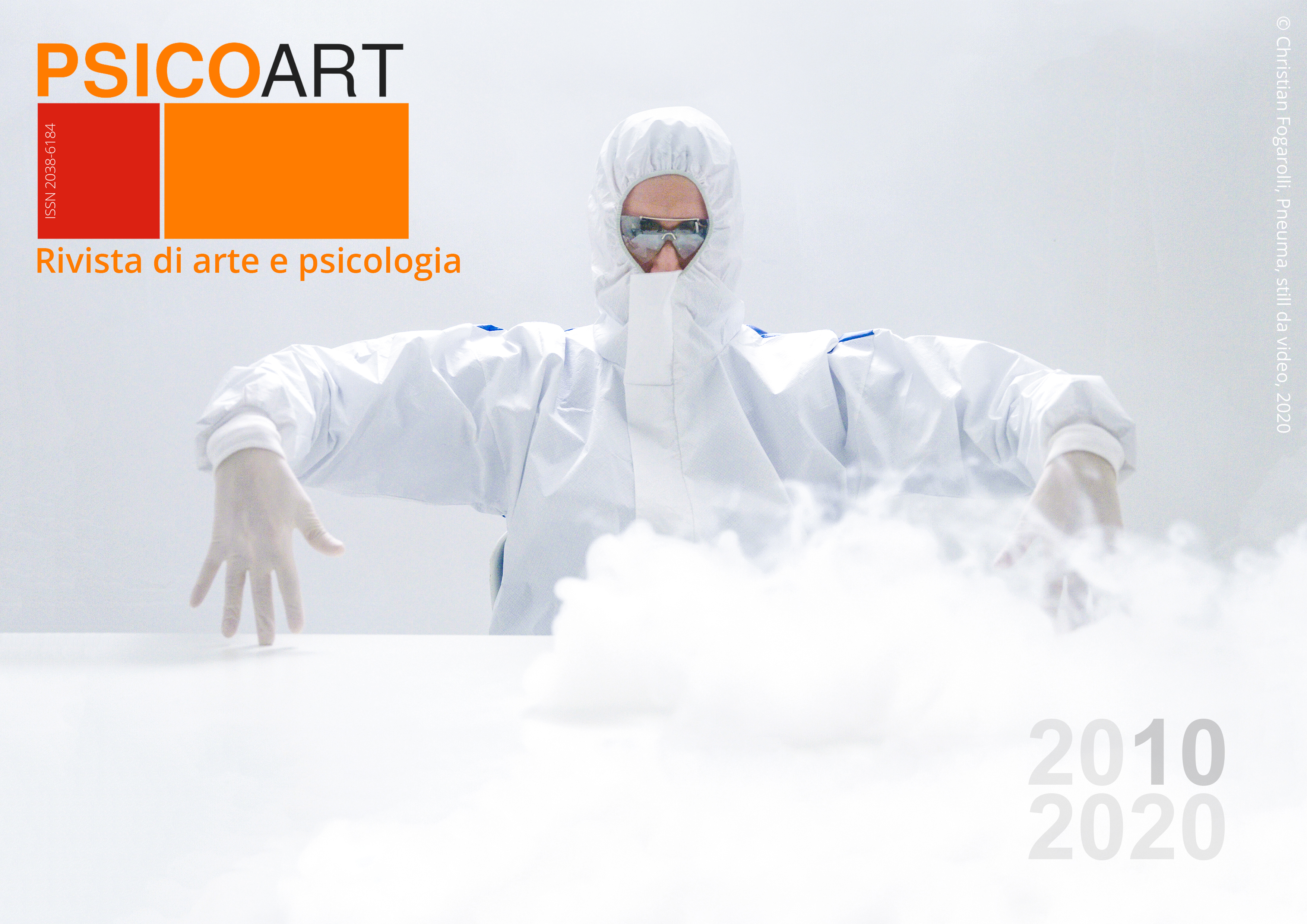Intermediality and Immersion in Gaudenzio Ferrari’s "Adoration of the Magi" in Chapel V of the Sacred Mountain of Varallo
DOI:
https://doi.org/10.6092/issn.2038-6184/11445Keywords:
aesthetic response, imagination, immersion, intermediality, memory, visual attentionAbstract
This study proposes that intermediality in Renaissance art makes a strong impact on both the aesthetic space and the beholder’s attention, memory, and imagination. It does so by focusing on the vision of the Adoration of the Magi that Gaudenzio Ferrari realised in Chapel V of the Sacred Mountain of Varallo. As suggested in the handbook Garden of Prayer, which stresses the relation between the beholder’s mind and the stories perceived, the dialogue among the arts converging in Gaudenzio’s image serves a specific purpose, namely, to facilitate immersion in the scene observed. The impact of intermediality on the observer is enhanced by the verisimilitude of both the statuary and painted figures. As empirical evidence suggests, certain types of responses (e.g., surprise, approach, or withdrawal) seem to be involved during the contemplation of similar aesthetic spaces, depending on where the viewers focus their attention, activating specific neural networks in the observers’ brain. Furthermore, intermediality seems to drive high levels of visual attention; consequently, what is stored in the memory is greater for experiences of intermediality than for typical aesthetic experiences, thus confirming the statements on memory contained in the Garden of Prayer.
Published
How to Cite
Issue
Section
License
Copyright (c) 2020 Fabio Tononi

This work is licensed under a Creative Commons Attribution 4.0 International License.




